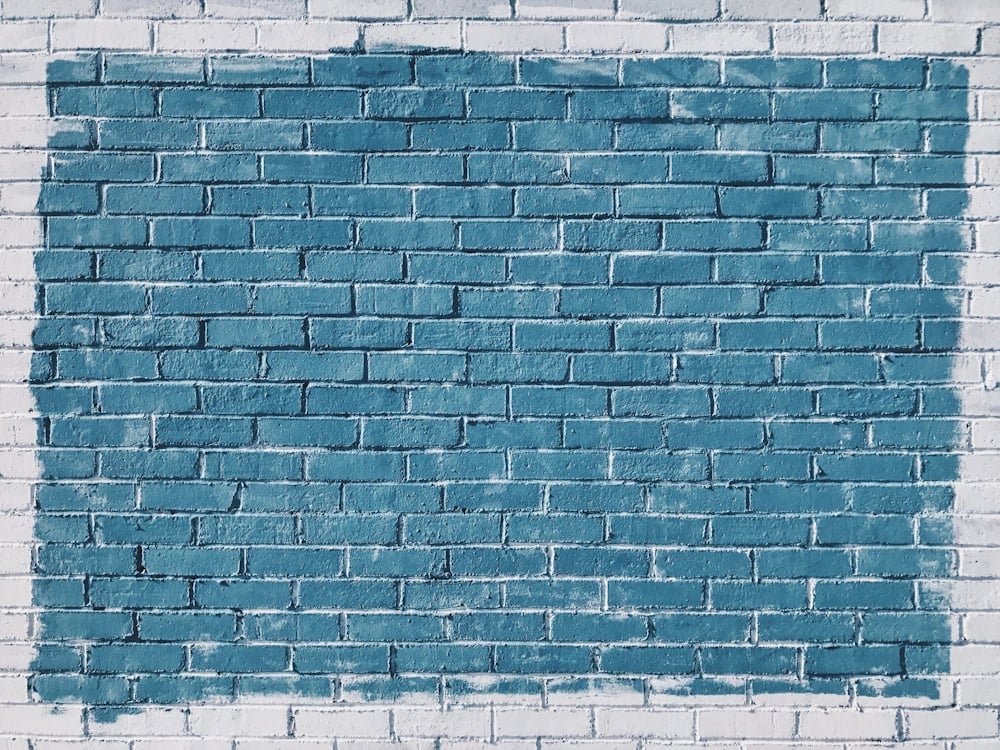
External wall insulation involves the application of a layer of insulating material, typically 60mm thick boards, to the exterior surface of solid outer walls. This layer is then covered with render or cladding. Various finishing options are available, including smooth, textured, tiled, painted, or brick/stone effects. External wall insulation serves to provide a weather-resistant shield for your brickwork, enhance soundproofing, and prevent issues related to dampness.
The key advantage of external wall insulation lies in its application to the outer surface of the building, ensuring it doesn't encroach upon the interior floor area and can be installed with minimal disruption. Furthermore, it has the potential to rejuvenate the appearance of your walls and result in significant heating cost savings. While this type of insulation is commonly used for solid-wall structures lacking cavities for insulation, there are other situations where external wall insulation can be a beneficial choice. The cheaper method of insulating a cavity wall is to fill in the gap between the layers of brickwork, with some form of insulating material. This usually takes the form of beads. However, this approach is known to provide a series of complications. The most common issue relates to moisture. Placing a material in this cavity provides a bridge for moisture to travel along, and into the interior of your home. Not only can this cause structural damage, it can also encourage more rapid heat loss from your home. In the industry, this is known as thermal bridging.
Internal Wall Insulation
Internal wall insulation comes in two primary forms. Firstly, insulation boards that are fixed directly to the walls, or secondly, timber frames can be constructed with insulating material placed between the timber members. Stud walls, constructed with timber, tend to be sturdier and can easily support the weight of items like shelves and cupboards. However, they often require more space compared to insulation boards. The method you choose for internal insulation will largely hinge on your property's construction. Professionally installed internal insulation can substantially cut down heat loss in your home, with potential savings of up to 45% on your energy bills—a significant reduction.
It’s important to note the following when considering internal insulation: Firstly, it tends to be more cost-effective, making it an economical choice for homeowners. While it does reduce the floor area in rooms where it's applied due to an approximate thickness of 100mm, the energy savings it provides often outweigh this minor inconvenience. Installation can be carried out room by room, which helps to minimise disruption during the process. However, it's worth noting that installing internal insulation may require temporarily removing and reattaching skirting boards, door frames, and external fittings which is not necessary for external wall insulation or cavity wall insulation. Additionally, it can be a bit challenging to secure heavy items to interior walls, although specialised fixings are available to address this concern. Lastly, a critical consideration is that internal insulation should only be applied after any issues related to penetrating or rising damp in the walls have been properly addressed.
Cavity Wall Insulation
A cavity wall is constructed using two distinct, slender walls (typically fashioned from bricks and referred to as 'skins' or 'leaves') separated by a space, known as a cavity. These walls are typically held in place by metal wall ties.
If your house was constructed post-1920s, it likely features cavity walls. Unless it's a relatively recent build from the past three decades, these wall spaces are probably empty. If that's the case, insulating these cavities could prove to be an exceptionally cost-effective method to help you achieve your property's Net Zero goals.
One of the questions that we’re often asked is, how can you determine if your walls possess cavities? Cavity wall insulation is a viable option for your property if it meets specific criteria. Firstly, the property would have been constructed between 1924 and 2005. Additionally, the cavities should not have been previously insulated, and they should be at least 2 inches wide. It's essential that the brickwork or masonry is in good condition and that the walls are dry, showing no signs of dampness either inside or on the exterior. Adequate ventilation should be present or can be easily fitted, and the external walls must be accessible for the installation process to be successful. These factors collectively determine whether cavity wall insulation is a suitable choice for your home.

It's important to note for landlords that starting in 2025, newly rented properties must attain an EPC rating of C or higher. Furthermore, there are plans to implement this requirement for all tenancies, not just at renewal, with the rollout anticipated to commence in 2028.
If you would like to speak to one of our architects about wall insulation for your properties or require some further information, then please contact us below.

.png)
Leave Your Comment Here